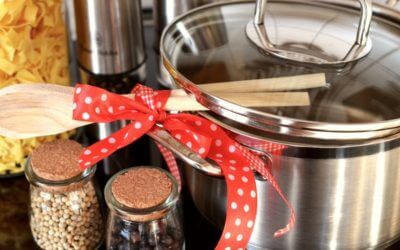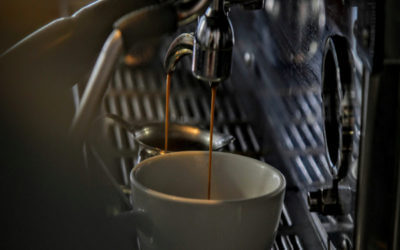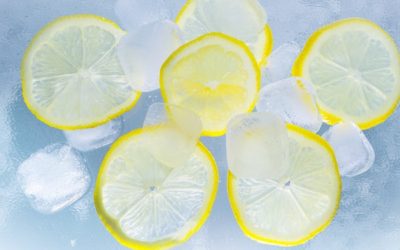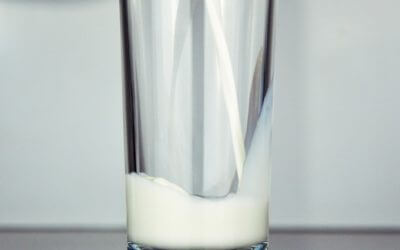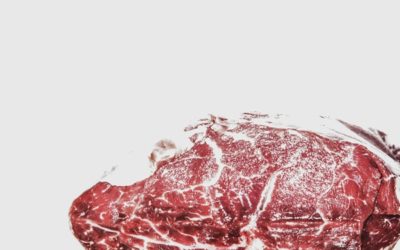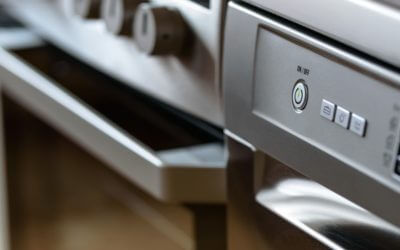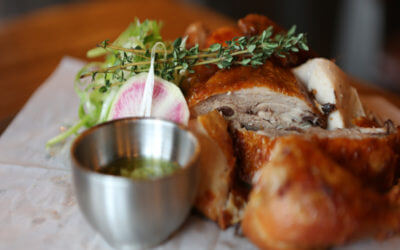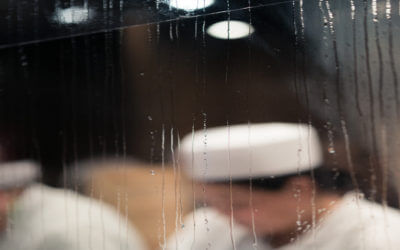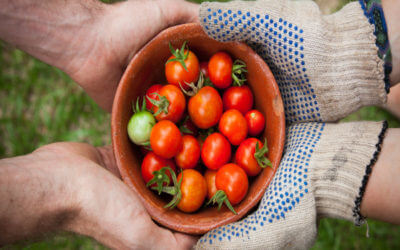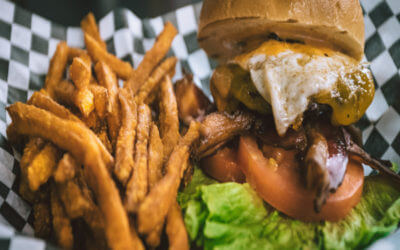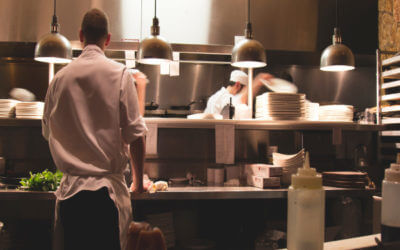Create a Memorable Dining Experience with the Right Flatware
June 9, 2017According to Will Rogers, “you will never get a second chance to make a first impression.”
In a restaurant, flatware is a small but essential part of making a great impression. Flatware is a particularly important design element because customers won’t just look it; they will actually use it for arguably the most important thing they can do at your restaurant: eating. That gives your customers a lot of time to form an impression of the flatware. You can bet it will play a significant role in the way your restaurant is received.
From basic to elegant, the type of flatware you provide your guests says a lot about your restaurant. It’s important to choose the right flatware based on the kind of establishment your restaurant is. This way, you will create the best possible dining experience for your guests and give them a good, lasting impression of your restaurant. In choosing your next set of flatware, there are two important things to take into consideration.
Flatware Style
The style of flatware you choose should mainly be based on the tastes of your guests. Think about the style of your restaurant and the types of people who frequent it. Is your restaurant a high-class establishment warranting classic or modern flatware, or do your customers prefer a more simple style? Decide which style of flatware is right for your restaurant, depending on the kind of restaurant you run.
Put yourself in your customers’ shoes when they pick up the flatware for the first time. Does your flatware match your tableware? Does it match the style you are looking to create? Is it too fancy or too dull for your particular restaurant?
Type of Material
The type of stainless steel you choose for your flatware is important because it is a big factor in the flatware’s appearance.
However, the mix of metals in stainless steel do improve its durability and resistance to rust. In choosing flatware, the chromium and nickel are most important metals to pay attention to.
Chromium is a tough, stain-resistant metal, while nickel is rust-resistant and gives the flatware more shine. There are several types of stainless steel used for flatware: 18/10, 18/8 and 18/0. The first number indicates the percentage of chromium in the steel, while the second number represents the amount of nickel.
All three types of stainless steel can easily last a lifetime, so your choice will again depend on the appearance that will best complement your restaurant. For the highest shine, choose 18/10 flatware, which has the largest proportion of shiny nickel. For a matte appearance, 18/0 is the type to go for.
Take some time to reflect on the kind of mood you want to set and the impression you want to make on your customers. Every detail is important. By carefully choosing the right style and material for your flatware, you will have perfected one more element of an amazing dining experience.
What’s in a Cooking Pot, How to Choose the Right One?
As a restaurant owner, your cooking needs might vary. Did you know that a good quality pot can greatly improve your cooking experience, while also improving the quality of your cooking? This cooking equipment is a very important one that cannot be done away with...
5 Things Every Restaurant Owner Should Do Before Buying Used Kitchen Equipment
Equipping your restaurant properly can cost a lot of money, so buying used kitchen equipment is the go-to choice for many restaurateurs. Buying used kitchen equipment for a restaurant is a bit different than buying used equipment for your home, however. You will...
Top Restaurant Technology Trends in 2018
When looking to buy restaurant supplies, you want to be on the leading edge of technology trends. This will keep your kitchen running smoothly. Let’s take a look at some of the most recent trends in restaurant supplies technology. 1. New Payment Options Who would...
5 Different Ice Shapes and Why You Should Care About Them
Ice makers are very popular in the restaurant and foodservice community because they eliminate the need to buy ice every day. And of course, adding an ice maker to your collection of foodservice equipment means you will always have ice on hand when you need it. An...
Pulping and Grinding: A Starter’s Guide to Reducing Commercial Food Waste Costs
For most restaurant owners and managers, the expenses involved in making meals are always under careful consideration. Water is needed to prepare, cook and wash food; power is necessary for food prep, cooking and cooling, and so on. However, how many of us consider...
Choosing the Right Milk Cooler: Cold Wall or Forced Air?
In a restaurant, milk is an essential to have on hand for coffee and other café-style beverages, for serving with kids’ meals, and as a key ingredient in many recipes. Keeping your milk properly chilled can be difficult without the proper restaurant equipment....
How to Choose Your Next Commercial Meat Smoker
The movies that connect with us on a personal level are the ones that linger in our memories forever. Anyone who has used a commercial meat smoker knows that they have a huge influence on the taste of a meal. You need to have just the right kitchen equipment to get a...
Are High Speed Ovens Too Good to be True?
You might have heard a few of the bold claims that foodservice equipment manufacturers have been making about high speed ovens, but they can’t be possible, right? Cooking three times as faster as regular ovens? Five times as fast? Fifteen times as fast? It may seem...
Choosing the Right Food Storage Containers for Your Restaurant
Choosing the right kitchen supplies will make a difference in your restaurant. Whether it is heavy duty kitchen equipment or food storage containers, each piece of equipment plays its own important role. Today, we are going to talk about how to choose the right food...
Tipton’s Guide to Perfect Poultry Trussing
Do you ever truss birds in your commercial kitchen? Trussing is a fantastic cooking technique because it makes poultry cook faster, look more attractive and taste better. If your commercial kitchen prepares poultry, you don’t want to miss these trussing tips. Trussing...
How to Eliminate Excess Condensation in Your Kitchen
Is your commercial kitchen getting steamy? If so, you could have more than just an uncomfortable working environment on your hands. Excess moisture in your commercial kitchen can result in the corrosion of equipment, the development of mold, and even damage to your...
The DIY Guide to Your Restaurant’s Own Garden
Stocking your restaurant supply with your own home-grown herbs and produce can truly bring your dishes to life. When it comes to food, everyone knows there’s nothing like homemade and home-grown. Having your own culinary garden, however large or small, can help you...
5 Reasons a Meat Grinder Will Set Your Burgers Apart
The more you do to prepare your foods in-house with the right kitchen equipment, the fresher and more flavorful your dishes become. There are all sorts of restaurants offering fast-food style burgers, but some diners are looking for the real deal. A fresh, juicy...
Pest Preventions to Implement in Your Commercial Kitchen
Restaurant pests: it’s something that few people want to think about. Like it or not, pest management is an essential consideration for every commercial kitchen. Offering food, shelter and water, the unprepared commercial kitchen naturally provides everything pests...
Choosing the Right Material for Your Cooking Equipment
Kitchens are very unique to their chef. Just like a car mechanic has a toolbox unique to them, so is the cooking equipment in a kitchen. And over time, the same cooking equipment become a natural extension of the chef. What tools are you using in your kitchen? It...

